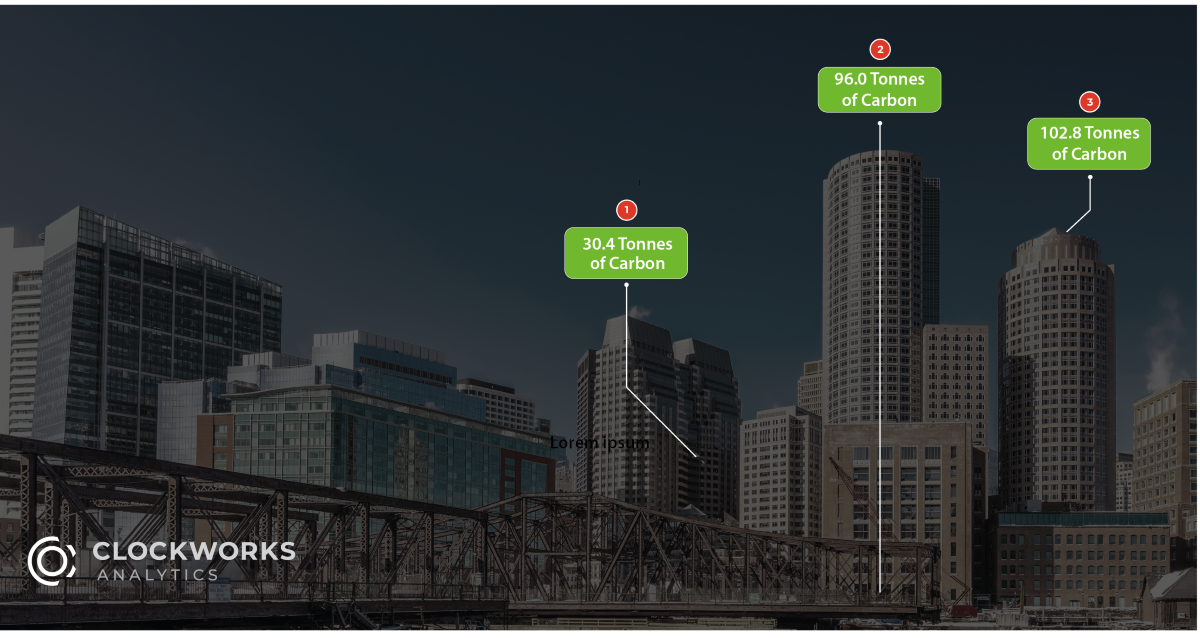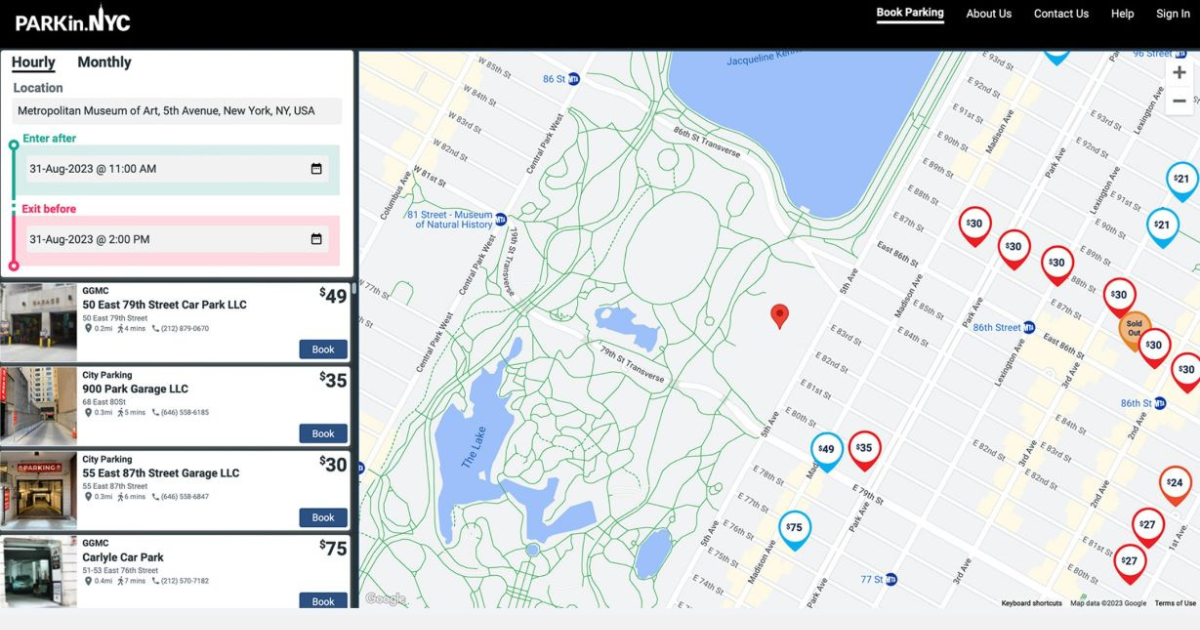As Climate Risks and Opportunities Converge, Leading Real Estate Organizations Turn an Eye to their HVAC Systems

With buildings driving approximately 39 percent of total global CO2 emissions, the call for aggressive action toward sustainability and net-zero carbon commitments has surged. But as an increasing number of real estate organizations accelerate ESG goals to meet this new reality head on, they must acknowledge two important facts:
- Buildings are aging. At the end of 2022, the average U.S. commercial building was about 53 years old and the average mixed-use building dates to the 1940s. Even with major investments in upgrades like LED lighting and infrastructure, the nature of building systems is to degrade over time.
- HVAC Systems represent a large amount of energy use. A typical Heating Ventilation and Air Conditioning (HVAC) system accounts for approximately 40% of a building’s total energy consumption and 70% of base building consumption (i.e. consumption from systems when the building is unoccupied).
Significant reductions in building emissions can be achieved through technologies that already exist, but investments must trickle down to facilities management.
Behind-the-meter energy optimization using building analytics software is a critical part of any strategy to meet (and prove) sustainability commitments, adapt to new regulations, and pinpoint energy waste in aging systems continuously over time. There’s a growing level of industry momentum and countless high-profile case studies, such as the US Department of Energy’s four-year Smart Energy Analytics Campaign, where analytics software drove a median 9% energy savings on 6,500 buildings across the US.
How does it work?
Fault detection and diagnostics (FDD) software plugs into the existing building automation systems (BAS) and monitors HVAC performance in real time, automatically notifying operations and maintenance teams where energy waste is occurring. And it does that long before the next utility bill comes in the mail.
Unlike traditional methods for monitoring these systems, like lists of alarms generated by building automation systems, FDD helps to filter through the noise and pinpoint the highest-priority energy and equipment issues across a building or portfolio. This helps lean facility teams focus on the most impactful areas to invest their time and address energy waste before it compounds over time.
Clockworks Analytics – a global leader in FDD software connected to over 380,000 pieces of equipment in 30 countries – provides one of the largest building analytics datasets available. Their annual report shared that since the start of ‘task’ tracking in late 2016, they have documented 38,000 completed building tasks (diagnosed by the building analytics system) by active clients that resulted in over $37 million in energy cost savings. This equates to about 270,000 tonnes of annual carbon savings.
Healthcare provider Kaiser Permanente is one example of an organization that, in order to achieve aggressive goals for carbon neutrality, looked to reduce facility energy use by implementing data analytics. In a case study that included monitoring across 4M square feet, they achieved 12% energy savings at seven locations.
FDD not only helps building owners identify energy conservation measures (ECMs), but it provides a holistic view that historically has taken multiple technology solutions to achieve. This is extremely important when trying to accurately calculate energy savings and prove emissions reduction achievements. FDD does this in two distinct ways:
- Top down: This measures the savings that hit the utility meter. These calculations are often retrospective and are used for reporting to validate the investment in the program and to earn utility incentives.
- Bottom up: This calculates the potential savings of individual building issues as flagged by the FDD system. It’s vital in the prioritization of faults to find the signal in the noise.
The power of Building Analytics is compounded when real estate organizations look to track energy performance at scale. FDD can standardize energy data portfolio-wide and provide a centralized view of overall energy performance, including helping to pinpoint which buildings are performing better than others and identify whether buildings are meeting sustainability commitments.
The role of HVAC systems on the path to energy efficiency and net-zero carbon cannot be understated. Because of this, tools to monitor and optimize them like FDD have increasingly become accepted as an essential tool in the modern energy management process.
If you are interested in learning more about fault detection and diagnostics, The Building Analytics Comparison Guide provides an excellent overview on how real estate organizations can make the jump from the status quo – reactive monitoring of BAS alarms – to truly optimized HVAC systems that meet and sustain energy goals.
This Week’s Sponsor
Clockworks Analytics is an essential smart building intelligence platform that provides data-driven insights into property operations for facility and energy managers. Clockworks’ cloud-based building analytics software proactively identifies inefficiencies in real-time and prioritizes the most urgent tasks related to cost, energy, equipment and comfort - complete with root-cause diagnostics. Learn More: www.clockworksanalytics.com
Read Next
 3/27/2025
3/27/2025
The Convergence of Edge Computing, Cloud, and AI in Building Automation and Smart Buildings In the built environment, we have seen the convergence of Operational Technology (OT) and Information Technology (IT), later expanding to include Workplace Technologies (WP).
 3/27/2025
3/27/2025
DC Power: A Holistic Approach to Energy Savings in Commercial Buildings In today's energy-conscious world, businesses constantly seek ways to reduce their carbon footprint and operational costs.
 3/13/2025
3/13/2025
How to Achieve Eco-Friendly Facility Management Commercial real estate operators and facility managers are focusing on sustainable practices to minimize environmental impact, create healthier workplaces, improve productivity and lower operational costs.
 1/23/2025
1/23/2025
When It Comes To Managing Properties’ Parking, Technology Is Key It’s easy for developers and real estate owners to think of parking as a necessary evil. They know they have to provide it (often, because it’s mandated by code), they understand that prospective tenants and buyers expect to be provided parking, but they haven’t figured out how to maximize its value.


.gif)







